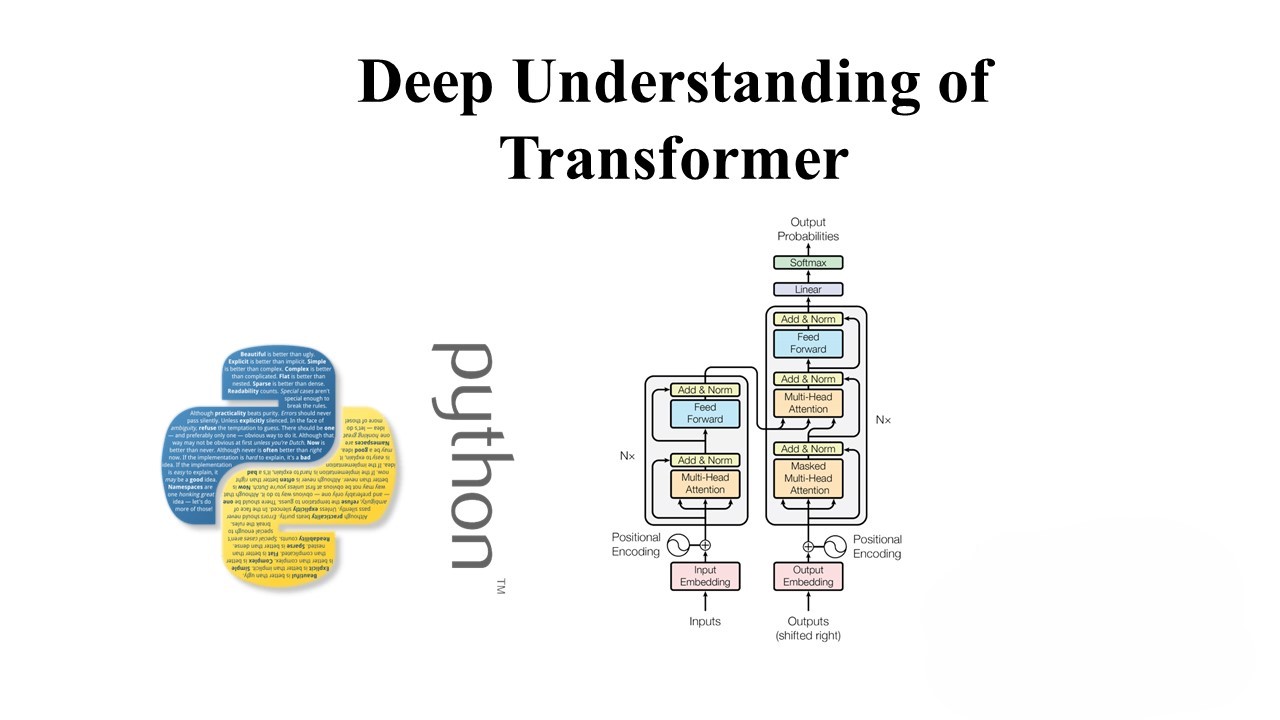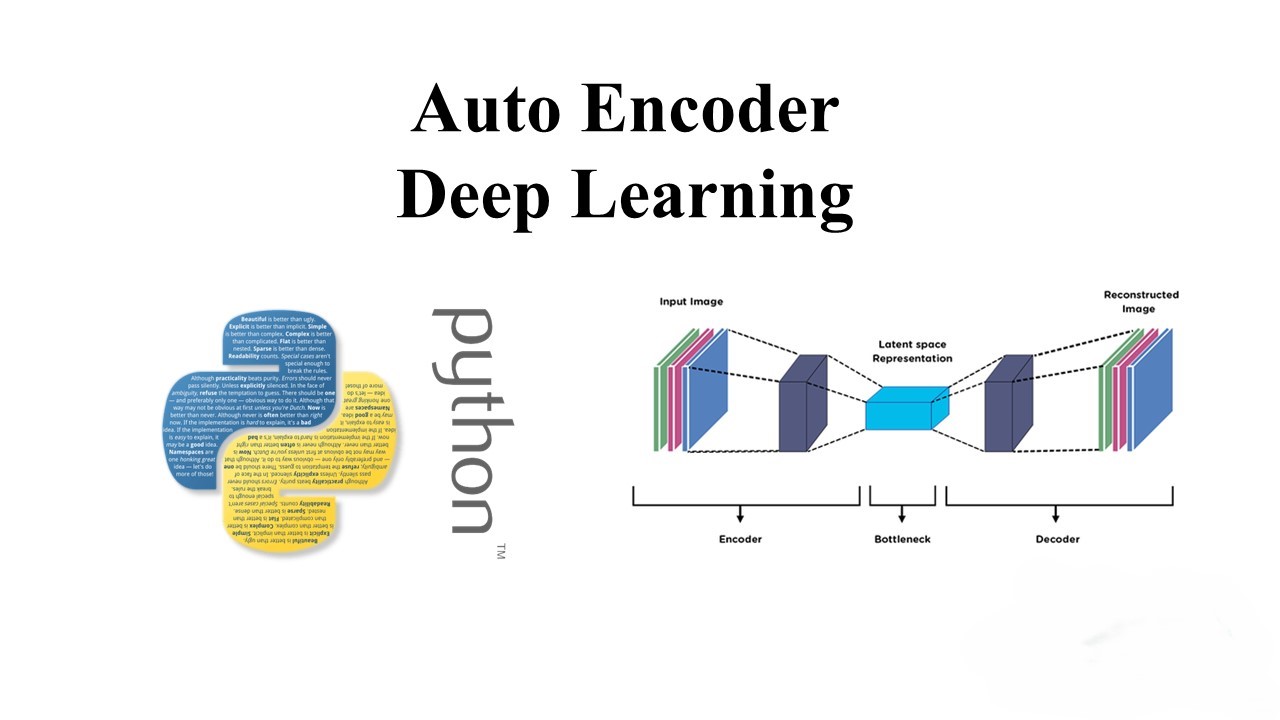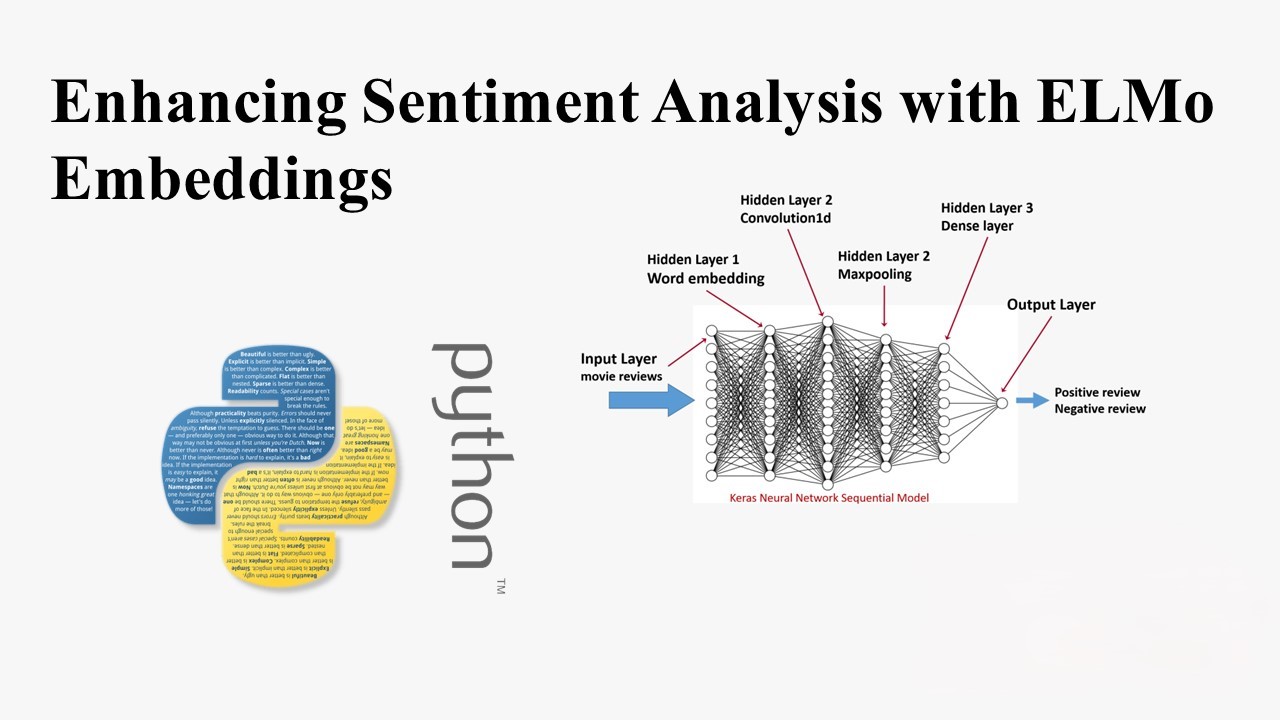Tag: #DeepLearning
-

Parameter-Efficient Fine-Tuning of Large Language Models with Hugging Face’s PEFT Library
Introduction: Large Language Models (LLMs) like GPT, T5, and BERT have shown remarkable performance in NLP tasks. However, fine-tuning these models on downstream tasks can be computationally expensive. Parameter-Efficient Fine-Tuning (PEFT) approaches aim to address this challenge by fine-tuning only a small number of parameters while freezing most of the pretrained model. In this blog…
-

A Deep Dive into Transformers and its Function
Introduction: In recent years, Generative AI has witnessed a paradigm shift with the introduction of transformer models. These models, characterized by their attention mechanisms, have revolutionized natural language processing (NLP) and other generative tasks. In this blog post, we’ll explore the transformer architecture, its applications in NLP, and its extension to other creative domains. Understanding…
-

Optimizing Deep Learning: A Comprehensive Guide to Batch Normalization
Batch Normalization (BN) is a technique used in deep learning to improve the training of deep neural networks by reducing the internal covariate shift problem. This problem occurs when the distribution of the inputs to each layer of the network changes during training, making it difficult to train the network effectively. BN addresses this issue…
-

Mastering Transfer Learning: Enhancing Computer Vision with Pre-Trained Models
Transfer learning is a powerful technique in the field of deep learning, especially in computer vision, where it allows us to leverage pre-trained models to solve new tasks with limited data. In this blog post, we’ll explore transfer learning in the context of computer vision and demonstrate how it can be implemented using Python and…
-

Unlocking the Potential of Autoencoders: A Deep Dive
In the realm of unsupervised learning, autoencoders stand out as powerful tools for data representation and feature learning. These neural networks are adept at capturing complex patterns in data, making them invaluable for tasks like dimensionality reduction, anomaly detection, and data denoising. Let’s delve into the inner workings of autoencoders and explore their practical applications.…
-

Creating a Hand Gesture Recognition System with Convolutional Neural Networks (CNN) and OpenCV
Hand gesture recognition is a fascinating application that involves the intersection of computer vision and machine learning. In this blog post, we’ll explore how to build a hand gesture recognition system using a Convolutional Neural Network (CNN) and OpenCV for real-time video processing. Building the Neural Network Let’s start by assembling the neural network using…


